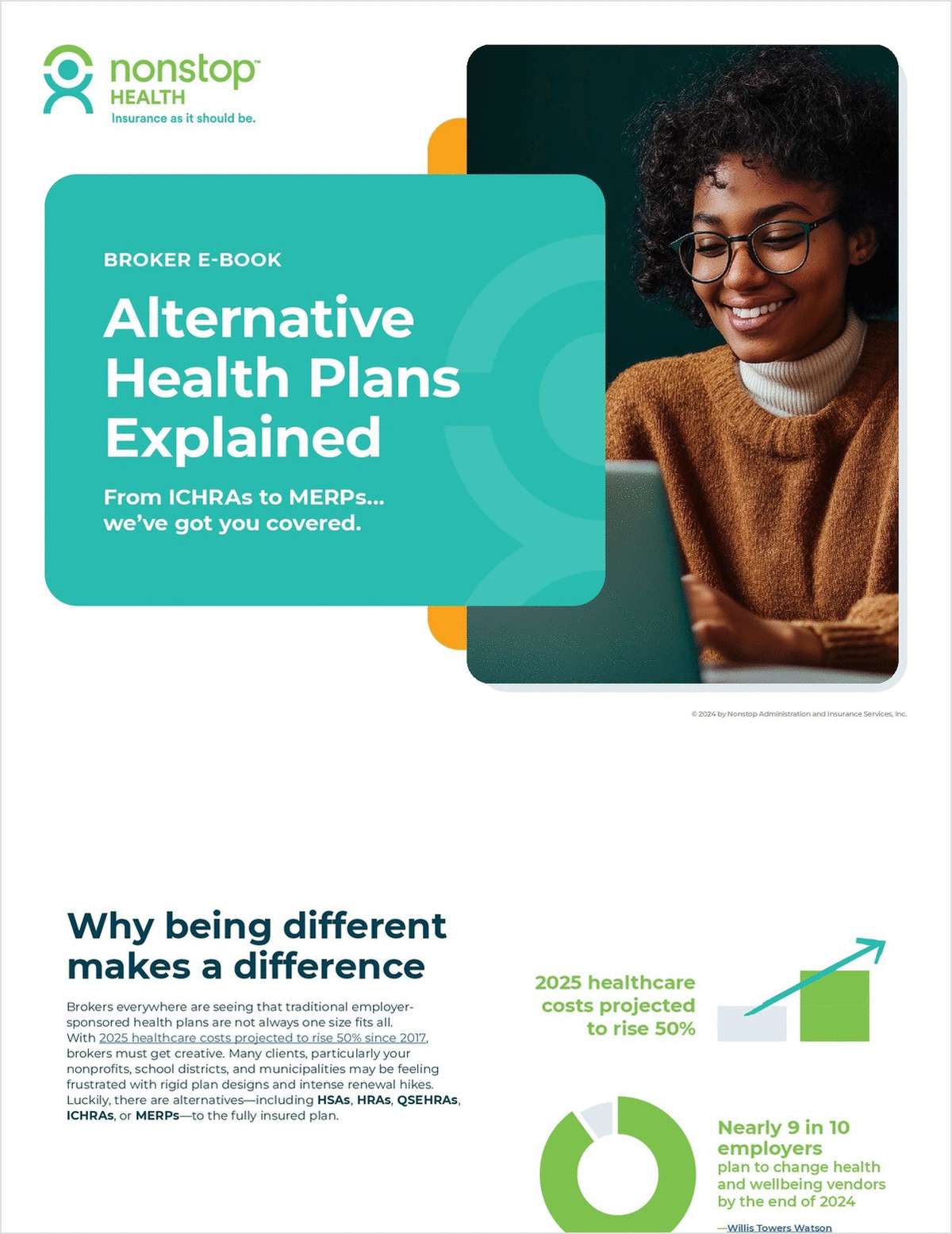American workers have a problem saving for retirement, but it’s not getting fixed by higher limits on how much they can contribute to their 401(k) plans.
Those are the conclusions of a new study from the Center for Retirement Research at Boston College that looked at 401(k) contribution patterns of people both under and over the age of 50.
Researchers wanted to see how changes made by Congress in 2001 to tax-deferred contribution limits affected how much people contributed to their retirement plans. The group under the microscope, so to speak, included individuals aged 46–53, and the period considered fell between 1999 and 2005, just before and after the adoption of the catch-up provision.
Congress’s action raised tax-deferred limits on 401(k) contributions between 2001 and 2005 from $10,500 to $14,000 for people under the age of 50, and from $10,500 to $18,000 for people 50 years old and older. Anyone can contribute up to $18,000 annually to a 401(k) plan; people over 50 also can make a catch-up contribution of $6,000, allowing them to put away a total of $24,000.
The higher limits, after all, were thought to be a way to solve the problem of how to get Americans to put away more money for retirement. But the study’s results indicate the increased limits didn’t result in a statistically significant improvement among the majority of workers. People who previously hadn’t approached the limits didn’t increase their contributions in a statistically significant way.
Instead, the new limits mostly affected less than 10 percent of workers: people who were in higher income brackets with more disposable income, who would have saved more early on if they could have and were prevented from doing so by existing limits. This group took advantage of the tax incentives offered along with the higher limits and increased their 401(k) contributions, with people over 50 doing so at a greater rate than those under 50 and availing themselves of the benefits of the catch-up contribution.
On the other hand, those who never approached the earlier contribution limits didn’t substantially increase the amount they saved.
The study also found that it was questionable whether those higher-income older workers who substantially increased their 401(k) savings increased their savings overall, or simply moved money from one form of savings to another in order to take advantage of the tax benefit offered by the higher contribution limits.
Complete your profile to continue reading and get FREE access to BenefitsPRO, part of your ALM digital membership.
Your access to unlimited BenefitsPRO content isn’t changing.
Once you are an ALM digital member, you’ll receive:
- Breaking benefits news and analysis, on-site and via our newsletters and custom alerts
- Educational webcasts, white papers, and ebooks from industry thought leaders
- Critical converage of the property casualty insurance and financial advisory markets on our other ALM sites, PropertyCasualty360 and ThinkAdvisor
Already have an account? Sign In Now
© 2024 ALM Global, LLC, All Rights Reserved. Request academic re-use from www.copyright.com. All other uses, submit a request to [email protected]. For more information visit Asset & Logo Licensing.








